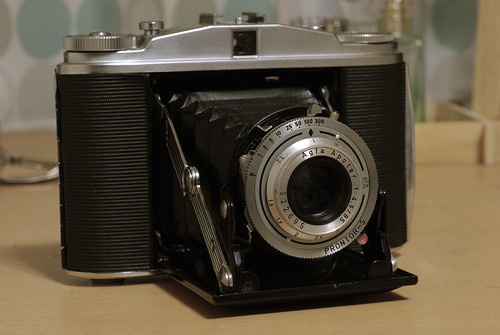Sakura, SakuraWithin a week, the cherry blossoms will bloom and initiate Japan’s sacred rites of spring. Old semi-toothed men will congregate on blue plastic tarps in the shade and tipple long draughts from tallboy cans of Asahi Super-Dry. The weaker, or perhaps more wistful among them will lay supine and let the falling blossoms turn them into pink old man cupcakes. The others will rub their noses, grimacing into the sun, and think between sips of how not to think about what it really means when cherry blossoms fall.
All around, families will crowd under the trees, their shoes removed and carefully twinned along the perimeters of their tarpaulins. They will eat from bento boxes, get cramps in their legs, and feel natsukashi*. Wind will pass though the trees and carry off chopstick wrappers and plastic packaging. The more concerned citizens will hurriedly slip their shoes back on and chase down the errant bits of wind-borne garbage, making sure to deposit them in the proper receptacles.
Naturally, there will be festival goods for sale. Tanned vendors with wizened faces will hawk plastic superhero masks and overpriced candy. Rows of canvas booths will offer yakisoba and grilled corn, chicken skewers and fried balls of battered octopus. There will be long queues and the cashiers will holler at the cooks to hurry it up. But off in a corner, the Chinese man selling beer and lime "margaritas" with his small son will not get much business. They will sit on plastic stools and the man will wonder why he is doing this again. He will think, over the hours, about fishing, about his son, and about his very beautiful wife, who is somewhere else. When I approach he will stand up and motion for his boy to take my order. I will show one finger, hand the boy 500 yen and smile as his father salts the rim of my plastic cup. When he hands me the beer I will say thank you in English and he will grin and nod and wipe his hands on his apron before sitting down again.
*nostalgia or fondness


















